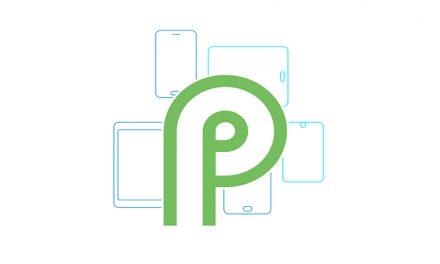In order to create a high-quality app, you must take into consideration several aspects. With the right tools and the right planning, you can make your development process much easier and end up having a more satisfactory final product for you, but especially for your users.

Some of these aspects include creating a great user experience, understanding the Google Play Store, Testing your app or making use of the tools provided by Google to build and improve your product.
That said, we’d like to talk about some of the best practices you can implement when developing an Android app.
User Experience
We won’t get tired of pointing out how important this is. A great User experience is what can really be hooked your users and make them want to use your app again and again.
For this, you also have to contemplate the Material Design principles which are centered on aspects like Animation, Style, Layout, Components, Patterns and Usability.
Besides, there is a variety of Android devices like Smartphones and Tablets, Android Auto, Wear OS or Android TVs, that developers should consider in order to create unique experiences when users interact with your app.
Not to mention that using Android´s official IDE Android Studio and Android SDK tools will help you to develop high-quality apps and improve its performance, in a faster way.
Google Play Store
A good understanding of the Google Play Policies will help you not breaking any rule according to the Store´s guidelines but, most importantly, it will serve you to contribute to maintain a trusted app ecosystem for users. Make sure to follow these tips for this purpose.
Testing your Android app
Testing your Android app is one the most important parts of your development process, you get to see the advances or final outcome of your work, and the more than possible adjustments you must make to your app.
The more you test your app the more feedback you get to detect possible failures, so you can have a more stable app with more chances of being successful.
You can enable the pre-launch report in the Google Play Console or go further by making use of Google’s cloud-based app-testing infrastructure: Firebase Test Lab.
Regarding this, we have to add again, as we mentioned in our blog post What is Google doing to reduce fragmentation in Android, that starting August 2018 new apps will be required to be targeted at API level 26 (Android 8.0).
For app updates the same measure will be required starting November 2018, so make sure you implement this in your app development process.
Using the right tools
It goes without saying that Google´s unified app platform, Firebase, is the right tool for you to create better apps. This SDK provides you all the tools you need to build a successful app.
Firebase has intuitive APIs that help you to save a lot of time, but also offers you other functionalities like Analytics, databases, rapid authentication or crash reports, among many others. All the resources you require to help your app to scale.
Conclusion
As you can see, there are many best practices you can implement in your app development process if you want to create better products. Building a high quality app is not an easy task, however, these recommendations can help you to do a better job in your goal to make really awesome Android apps.
What do you think about this practices? Which ones have you already implemented in your development process?








